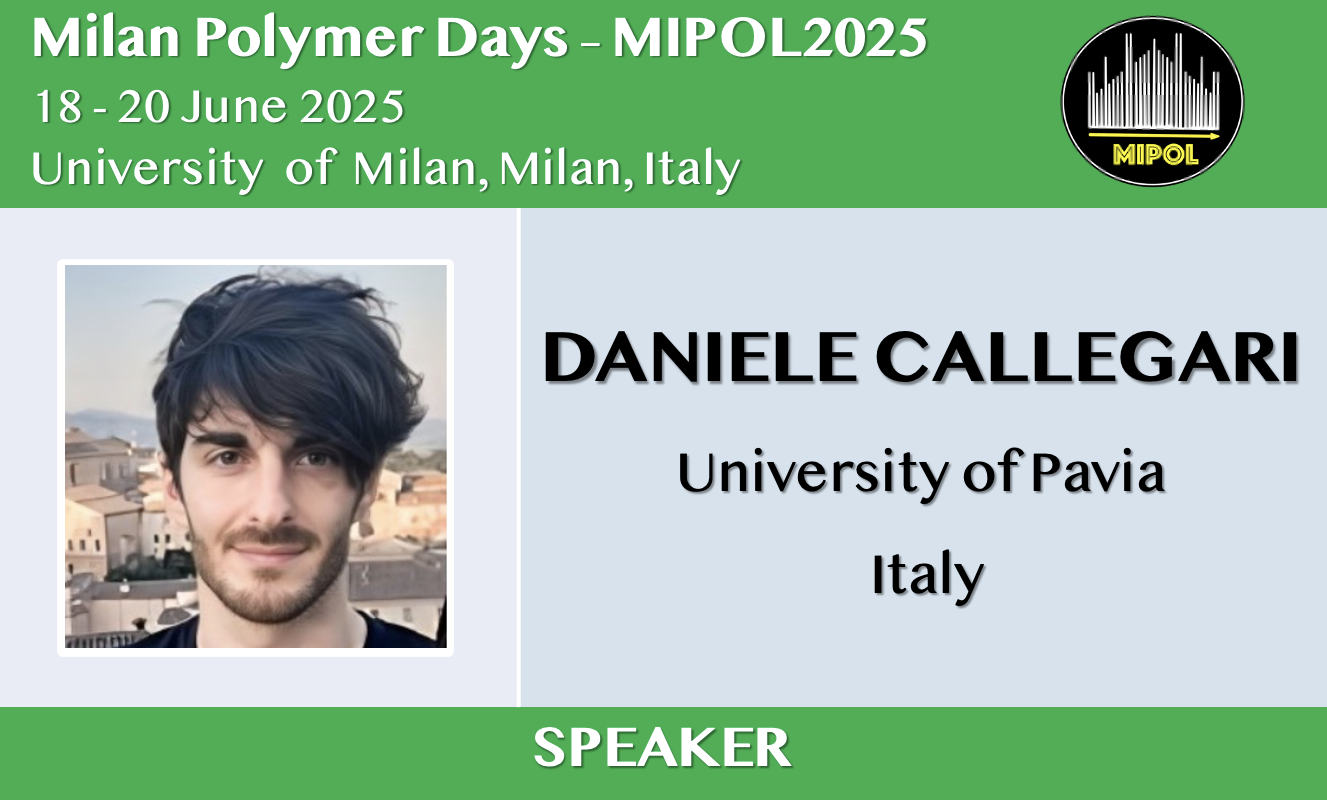Multi-hydrogen bond-based self-healing polymer separator for next-generation lithium batteries
Abstract

The separator plays a crucial role in the functioning of lithium batteries even if it is not directly involved in the battery's redox reactions. Its primary function is to prevent physical contact between the electrodes so that free ions rather than electrons can be transported between them. It must retain the electrolyte to prevent decomposition and to ensure a stable environment for electrochemical reactions. Additionally, it contributes to battery safety by preventing the diffusion of undesirable byproducts such as lithium dendrites, the presence of which could lead to compromised performance and system integrity [1,2]. Also, capacity fading is a drawback associated with degradation and ageing of cell components linked to separator damage. Self-healing polymers are a promising solution to overcome separator aging and damage. The development of self-healing materials that can be employed in different battery compartments represents a significant advancement. This paves the way for innovative strategies that can exploit higher intrinsic durability, prolonged lifetime and safety [3]. This study was focused on the realization of a Self-Healing Separator (SHS) based on Ureidopyrimidinone (UPy) moieties introduced into Polyethylene-co-2-hydroxyethyl Methacrylate (PEHEMA) bearing hydroxyl groups by solution grafting, affording physically crosslinked PE via supramolecular interactions [4]. To modulate the mechanical properties, wettability, and electrolyte diffusion of the realized self-healing polymer, it was mixed with a polyethylene oxide with a molecular weight of 300 kDa. Both stand-alone PEHEMA-UPy and PEHEMA-UPy_PEO were fully tested. The objective is to identify the separator that exhibits the optimal characteristics for implementation in a next-generation lithium battery. The SHS were prepared by hot- press method in a fast and easily implementable procedure. The autonomous self-healing ability was evaluated by following the repairing process of fractures caused throughout the whole film thickness that occurs in 3hours at 40°C. Moreover morphology, composition (SEM, IR), thermal, mechanical stability (TGA-DSC, DMA), and electrochemical stability window (LSV) of the SH separators were investigated. The electrochemical tests were carried out at 25°C on symmetrical Li|SHS|Li cells at a current density of 2 mA cm-2, which showed a cycle life of over 600 hours with low overpotential and excellent cyclability. The performance of the SHS was tested through galvanostatic cycling in half-cells, with LFP as the cathode, in term of long-term stability test with a Crate of 1C (IDensity: 170 mA g-1) for 1000 cycles maintaining a capacity retention of 81.5%. Accelerated rate calorimetry analysis was finally performed to demonstrate the robustness of the realized SHS also in terms of cell thermal stability. For the sake of comparison, all the tests were also performed with a Celgard2500 benchmark as separator. A polymer separator with self-healing properties, good mechanical strength, and high potential stability was developed for use in LIBs. The autonomous self-healing ability was confirmed by tests before and after damage, which showed a good recovery both in terms of mechanical and electrochemical performances. The realized separator’s structure and composition effectively suppress dendrite growth and were promising in terms of safety, stability and recovery capability over time, due to its self-healing properties.
References
- X. Dai, X. Zhang, J. Wen, C. Wang, X. Ma, Y. Yang, G. Huang, H.-M. Ye, S. XU Energy Storage Mater. 2022, 51, 638.
- P. Bai, J. Li, F.R. Brushett, M.Z. Bazant EES. 2016, 9, 3221.
L. Mezzomo, C. Ferrara, G. Brugnetti, D. Callegari, E. Quartarone, P. Mustarelli, R. Ruffo Adv. Energy Mater. 2020, 10, 2002815.- A. Zych, A. Verdelli, M. Soliman, R. Pinalli, J. Vachon, E. Dalcanal, Polym. Chem. 2019, 10, 1741.

